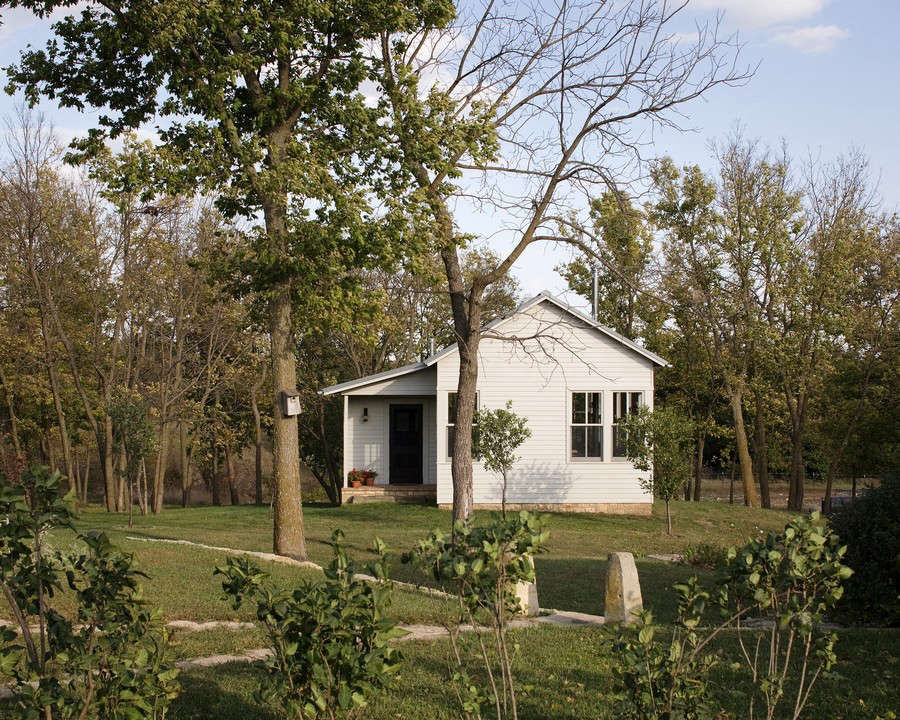
It goes without saying that buying a house is a huge investment.
Note that they don’t have to be deal-breakers: when an inspector uncovers the need for an expensive repair, you as a buyer have several options: Ask the seller to make the repairs, ask the seller to reduce the price by an agreed-upon amount, or choose not to go ahead with the purchase.
“You can look around yourself, but unless you’re a contractor, architect, or structural engineer, you won’t catch everything.” She does warn that inspectors don’t always catch everything, either, but you can be sure that they’re impartial.
Here are nine things to look for as you walk around the property.
1. Poor drainage.
Photograph from The New New England: A 1754 Cape on Spruce Head in Maine.
“It’s an especially big deal where I live, in Marin County, and it can be enormously expensive to fix,” says Clifford.
Be sure you’re inheriting a good foundation. As you walk around inside, look for uneven or sloping floors. And if you see signs of repair—say, patches of epoxy or some different-colored material—you’ll want to ask the reason.
2. An uneven or crumbling foundation.
A sure sign of leaks?
Water damage near the baseboards, as seen here in Justine’s Cape Cod cottage, photographed by Matthew Williams for Remodelista.
3. Telltale signs of leaks.
“Even if it’s not leaking but the inspector says it’s only got a year left, you have to budget in, say, $20,000 for a new roof—or change your offer to account for that.”
Photograph of a bathroom by California-based Chambers & Chambers Architects, from 10 Favorites: White Bathrooms from the Remodelista Designer Directory.
4. A sewer line that’s in need of repair.
Homeowners are generally responsible for the sewer line that runs from the house to the sewer main, says Clifford. You’ll have to reply on the inspection, which usually includes a video-cam look at the sewer line.
5. Mold.
Look for clean, dry walls, free from mold. Photograph from DIY Project: Limewashed Walls for Modern Times.
“I’ve never had an inspection that didn’t reference areas of dry rot and fungus,” says Clifford.
Photograph from Steal This Look: A Vintage Bath in England with a DIY Faucet. So the original plumbing in a house built in the 1960s or 1970s may be starting to fail, usually from accumulated mineral deposits clogging the pipes.
6. Vintage plumbing.
7. Finicky electricity.
(These are actually new fixtures, made to look old; see Switched On: Classic Light Switches.). Knob-and-tube is considered a fire hazard and can effect your ability to insure the house.
Photograph from 10 Garden Ideas to Steal from Provincetown on Cape Cod on Gardenista. But what if two years down the road, your next-door neighbor decides to sell, the new owner decides to knock the house down to build a McMansion, and you’re living in a construction zone?
8. Undesirable neighbors.